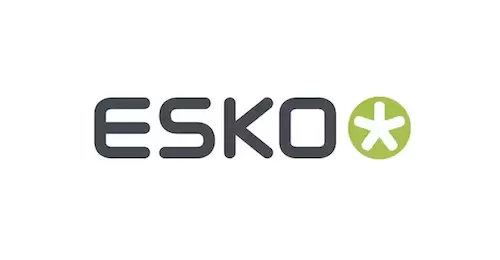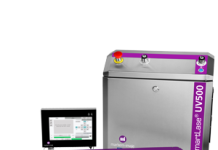Esko’s annual report has insights gathered from nearly 500 experts from around the world and across the industry, detailing thoughts and opinions on expected packaging trends, challenges and opportunities for reflection.
‘In Packaging Trends 2025, we explore how the most successful packaging companies will be those that recognise it is no longer an option simply to be a part of the modern packaging market – but instead are fully prepared to thrive within it,’ said Matthew Haws, Chief Marketing Officer with Esko.
Some of the trends include the following:
Sustainable Packaging – The Darling of 2025
As we approach 2025, companies will have no choice but to keep sustainability in the forefront of their strategic planning. They must navigate the complex regulatory landscape, balance sustainability with costs, and adopt innovative materials and designs to meet consumer demands for eco-friendly packaging.
Automation and digitalisation will play a key role in improving packaging sustainability by reducing errors, energy usage, and material waste. Additionally, data and analytics will continue to be critical tools for making informed decisions and tracking progress in reducing carbon emissions and their resulting impacts.
Ultimately, the path forward for sustainable packaging lies in embracing these advancements and continuously striving for improvement. By leveraging technology, data, and innovative materials, companies will not only meet regulatory requirements but will also gain a competitive edge in the market.
Cybersecurity
Cybersecurity has become one of the critical components of the modern packaging industry. As organisations continue to embrace digital transformation, it is essential to implement proper cybersecurity measures to protect sensitive data against unauthorised disclosure and ensure the integrity and availability of packaging operations. By understanding the current state of IT in the industry, addressing cybersecurity challenges, implementing world-class practices, and staying compliant with laws and regulations, packaging organisations can safeguard their operations, maintain a competitive edge, and continue to innovate without distractions of security incidents.
Moreover, ongoing awareness, education, and training for all employees is essential to enhance the understanding of cybersecurity. As Marc Vael, Platform Information Security Officer, Esko stated, ‘Every technological novelty can be used and abused. Staying ahead of the curve requires continuous monitoring, regular review of security protocols, and proper secure collaboration with external partners and vendors’. By maintaining a proactive approach to cybersecurity, organisations can ensure they are well- prepared to handle future challenges and protect their valuable assets.
The Future Of AI In Packaging
While the potential for AI to catapult packaging processes into the future is undeniable, companies should avoid jumping on the AI bandwagon without careful consideration. Rian Goossens, Senior Software Engineer for Digital Product Development, Esko, said, ‘It’s important not to forget about the amazing technologies already being used. AI can do great things, but we shouldn’t abandon logical reasoning or proven methods that work alongside it.’
A balanced approach to AI adoption, one that combines technological innovation with human expertise, will be essential for sustained growth and success. As the industry continues to evolve, companies that embrace AI thoughtfully and strategically will be well-positioned to lead the way in the next era of packaging innovation.
Automation And Digitalisation
Despite the clear benefits, implementing automation and digitalisation can be challenging. One of the most significant barriers is the high upfront investment required for new technology. Many companies, particularly small- and medium-sized businesses, struggle with the initial costs of adopting automation tools, which can slow down their digital transformation.
Change management is another challenge. Some employees may be accustomed to traditional methods and therefore hesitant to adopt new technologies, fearing they might disrupt established workflows or require additional training. However, others, such as younger generations, are likely to find state-of-the-art digitalisation more attractive, which may provide a solution to the skills gap in the industry.
Irrespective of the challenge, companies should consider taking a gradual approach to digital transformation rather than overhauling entire systems at once. They might start by integrating automation tools into existing workflows and expanding their use over time. Training and development programmes are also essential for ensuring employees feel comfortable using new systems to fully leverage their potential.
‘Shaped by new technology, shifting consumer preferences, and a growing focus on sustainability, the packaging industry is always changing,’ added Haws. ‘It is incumbent on packaging professionals to seize all opportunities to boost sustainability, to leverage the latest technological advancements, to refine supply chain processes and ultimately to improve their operational efficiency.’
From examining the driving forces behind sustainable packaging and navigating the ever-changing regulatory landscape, through to a close look at the integration of AI in packaging processes and overcoming challenges in the implementation of automation, the 2025 Packaging Trends report explores how the sector must adopt more streamlined, robust and sustainable methodologies to overcome the numerous obstacles faced both now and in the future. The 2025 Packaging Trends ebook can be downloaded here.
KALIDECK – ESKO DISTRIBUTOR
+27 11 688 6000
https://www.kalideck.co.za





















